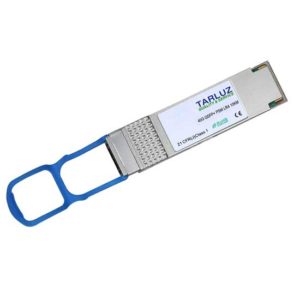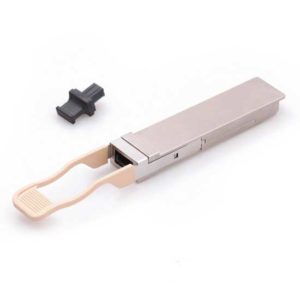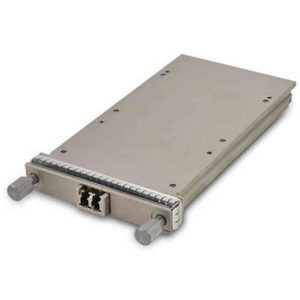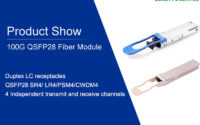Basic Knowledge of 40G/100G Fiber Optic Transceivers
With the popularity of cloud computing, Internet of Things (IoT) and virtual data centers, the demand of the optical transceivers also increased. What’s more, when it comes to the types of optical transceivers, the different package formats will occur to your minds. There are currently 6 primary form-factors of fiber optic transceivers in common use: SFP+, SFP, GBIC, X2, XFP, XENPAK, and becoming popular are QSFP+ for 40Gbps and CFP ,QSFP28 for 100Gbps transceivers. So in this post, 40GQSFP+ , 100G QSFP+ and 100G CFP transceivers will be discussed in detail.
Types of Optical Transceivers
QSFP+ Optical Transceivers: The 40GQSFP+ optical transceivers is a compact hot-swappable optical module with four transmission channels, each with a data rate of 10 Gbps, and this optical module complies with SCSI, 40G Ethernet, 20G/40G and many other standards.
And the 40GQSFP+ optical transceivers can transmit data at 10Gbps per channel under the same port volume of the XFP optical module, and simultaneously supports data transmission of four channels. Therefore, the density of the 40GQSFP+ optical module can be four times that of the XFP optical module, and 3 times that of the light module. It can be used in data centers, high-performance computing networks, enterprise core networks equal to applications.
QSFP28 Optical Transceivers: The QSFP28 optical module has the same design concept as the QSFP optical module. For the QSFP28, each channel can transmit and receive up to 28 Gbps of data. Compared with the CFP4 optical module, the QSFP28 optical module is smaller than the CFP4 optical module. The QSFP28 optical module has the advantage of exceeding the density of the CFP4 optical module, and the power consumption during operation is usually less than 3.5W, while the power consumption of other optical modules is usually between 6W and 24W.

100G CFP Transceivers: The CXP optical module is 45mm long and 27mm wide and is smaller than the XFP optical module and CFP optical module, thus providing a higher density network interface. In addition, the CXP optical module is a copper connector system specified by the Wireless Broadband Trade Association, which supports 12 for 10GbE, 3 for 10G link transmission for 40GbE channels or 12 10G Ethernet Fiber Channel or wireless. 12*QDR link transmission of wide band signals.

Conclusion
It will be hard to figure out which SFP transceiver is proper in use when facing so many types of SFP modules. But you could get away with these problems when you choose TARLUZ. Not only all the SFP types can be supplied, but also with free technical support for connections between whichever device customers have. Every SFP module will be compatibility and quality ensured before it is sent to you. Just throw your questions about SFP transceivers to TARLUZ and let us help solve them.


